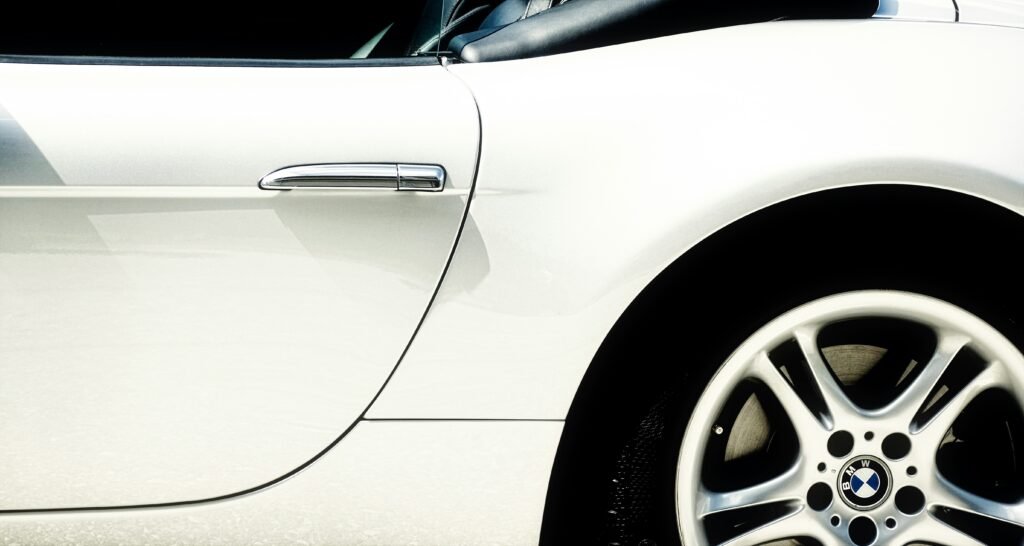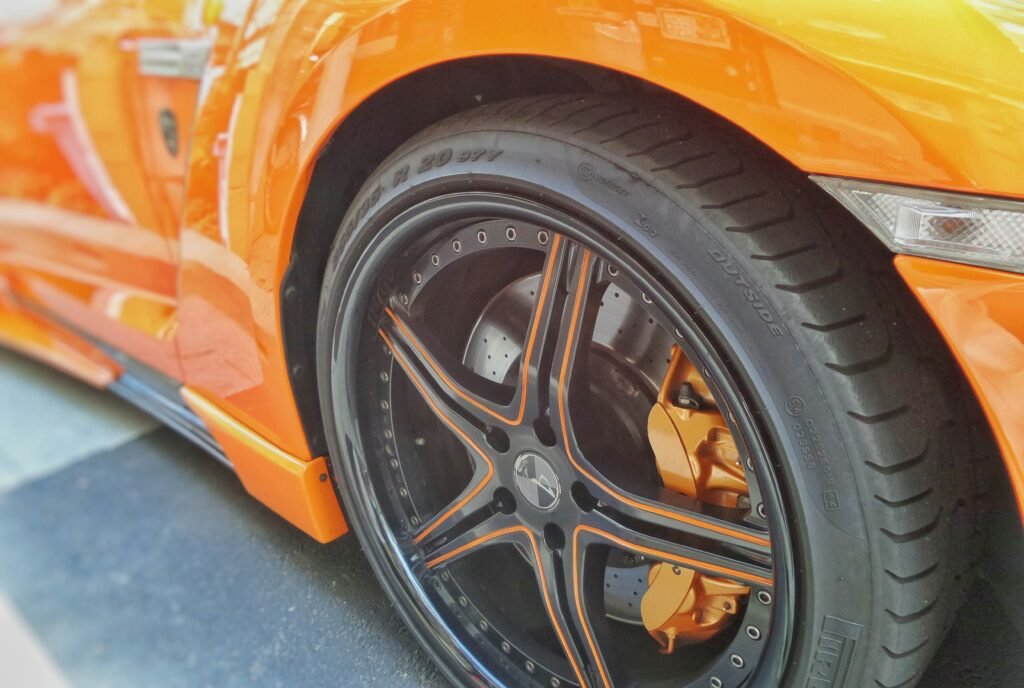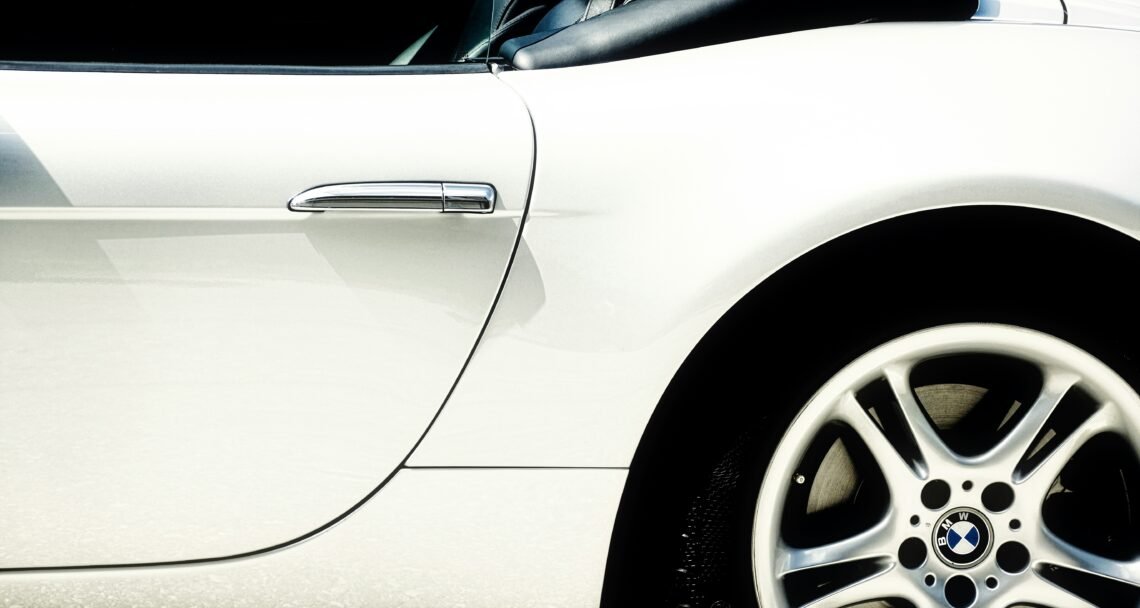If you’ve ever found yourself frustrated with the short lifespan of your tires, then you’re in luck. In this article, you’ll discover a collection of proven techniques that can help you increase the durability of your tires. From proper tire maintenance to choosing the right tire for your vehicle, we’ll cover everything you need to know to ensure your tires last longer and save you money in the long run. So, get ready to say goodbye to premature tire wear and hello to a longer-lasting set of wheels!
Choosing the Right Tires
Consider the Tire Type
When it comes to choosing the right tires for your vehicle, it’s important to consider the type of tire that best suits your needs. There are several options to choose from, including all-season tires, summer tires, winter tires, and performance tires.
All-season tires are the most common choice for everyday driving as they provide a good balance of performance and durability in various weather conditions. Summer tires are designed for maximum performance in dry and wet conditions, making them ideal for sports cars. Winter tires, on the other hand, are specifically designed to provide better traction and handling on snow and ice. Performance tires are engineered for high-speed driving and enhanced handling, perfect for sports cars and enthusiasts.
Check the Tire Load Capacity
Another important factor to consider when choosing tires is the load capacity. Each tire has a specific load rating, which indicates the maximum weight it can safely carry. It’s crucial to match the load capacity of the tires to the weight of your vehicle. Overloading your tires can lead to premature wear, reduced performance, and even tire failure. You can find the load rating on the sidewall of the tire, usually represented by a number and a letter.
Look for Treadwear Ratings
Treadwear ratings provide an indication of the expected lifespan of a tire. The higher the treadwear rating, the longer the tire is expected to last. This information can be found on the sidewall of the tire, represented by a number. It’s important to choose tires with a treadwear rating that aligns with your driving habits and needs. If you drive long distances frequently, opting for tires with a higher treadwear rating will ensure they last longer and provide better value for your investment.
Proper Tire Installation and Maintenance
Maintaining Proper Tire Pressure
One of the most crucial aspects of tire maintenance is ensuring that they are properly inflated. Underinflated tires can lead to increased rolling resistance, reduced fuel efficiency, and uneven tread wear. Overinflated tires, on the other hand, can result in a harsher ride, reduced traction, and increased susceptibility to damage from potholes and debris. It’s important to regularly check and maintain the recommended tire pressure specified by the vehicle manufacturer. This information can usually be found in the owner’s manual or on a sticker located on the driver’s side door jamb.
Rotating Tires Regularly
Rotating your tires regularly is essential to promote even wear and extend their lifespan. Front tires tend to wear faster than rear tires due to the weight distribution of most vehicles. By rotating the tires at regular intervals, you can ensure that they wear evenly and avoid the need for premature replacement. The recommended tire rotation pattern can vary depending on the type of vehicle and tire, so consulting the vehicle’s manual or seeking advice from a tire professional is advisable.
Balancing and Aligning the Tires
Proper tire balancing and alignment are crucial to ensure a smooth and comfortable ride while reducing tire wear. Balancing involves using weights to offset any imbalances in the tire and wheel assembly, preventing vibrations and uneven wear. Alignment, on the other hand, ensures that the wheels are properly aligned with each other and the vehicle’s suspension system. Misaligned wheels can cause uneven tire wear and negatively impact vehicle handling. It’s recommended to have your tires balanced and aligned by a professional at regular intervals or whenever you notice any signs of imbalance or misalignment.

This image is property of images.unsplash.com.
Driving Habits and Techniques
Avoid Overloading the Vehicle
Overloading your vehicle can put excessive stress on the tires and increase the risk of tire failure. It’s crucial to adhere to the vehicle’s maximum load capacity as specified by the manufacturer. Distributing the weight evenly throughout the vehicle and avoiding carrying unnecessary heavy items will help maintain the durability and performance of your tires.
Smooth Acceleration and Braking
Adopting smooth acceleration and braking techniques can significantly prolong the lifespan of your tires. Rapid acceleration and harsh braking can cause unnecessary wear and tear on the tire tread, reducing their longevity. Gradually building up speed and allowing enough time to slow down or stop can minimize stress on the tires and increase their durability.
Avoid Fast Turns and Speeding
Taking fast turns and speeding can have a detrimental effect on tire life. Fast turns put excessive forces on the sidewalls of the tires, leading to sidewall damage and reduced overall tire lifespan. Additionally, driving at high speeds generates more heat, which can accelerate tire wear and decrease their performance. It’s important to drive within the speed limits and take turns at a safe and controlled speed to maintain the integrity of the tires.
Avoiding Hazardous Road Conditions
Avoid Potholes and Rough Roads
Potholes and rough roads can cause significant damage to your tires, including punctures, cuts, and sidewall damage. It’s best to avoid driving over potholes whenever possible by staying alert and paying attention to the road ahead. If you cannot avoid a pothole, slow down and navigate it carefully to minimize the impact on your tires. Rough roads can also cause excessive vibrations and jolts, which can lead to premature tire wear. Taking alternative routes or driving cautiously on rough roads can help preserve the condition of your tires.
Be Cautious of Obstacles and Debris
Obstacles and debris on the road pose a risk to your tires. Sharp objects such as nails, screws, or broken glass can cause punctures or cuts in the tire tread, leading to air leakage and potential tire failure. Be vigilant while driving and try to avoid running over debris whenever possible. If you notice any foreign objects embedded in the tire, it’s important to have them promptly inspected and repaired by a professional to prevent further damage.
Avoid Driving on Curbs
Driving on curbs or hitting them while parking can cause damage to both the tires and wheels. The impact can result in sidewall damage, cuts, and scrapes on the tire surface, as well as misalignment of the wheels. It’s important to be cautious when parking or maneuvering near curbs to avoid unnecessary damage to your tires. Being mindful of the distance between your vehicle and curbs can go a long way in preserving the lifespan and integrity of your tires.

This image is property of images.unsplash.com.
Regular Tire Inspections
Check for Inflation and Wear
Regularly inspecting your tires for proper inflation and wear is crucial in maintaining their durability. Check the tire pressure using a reliable pressure gauge and ensure it matches the recommended pressure specified by the vehicle manufacturer. Additionally, visually inspect the tire tread for signs of wear and tear, such as uneven wear patterns or low tread depth. If you notice any abnormalities, it’s important to have your tires inspected and serviced by a professional.
Inspect the Tread Depth
Tread depth plays a vital role in ensuring proper traction and grip on the road. As the tread wears down over time, it becomes less efficient at channeling water away from the contact patch, increasing the risk of hydroplaning and reduced traction. Utilizing a tread depth gauge, you can measure the depth of the tire tread and determine whether it falls within the acceptable range. If the tread depth is nearing the legal limit or shows signs of excessive wear, it’s time to consider replacing the tires to maintain optimal performance and safety.
Examine for Cuts and Nails
Regularly examining your tires for cuts, nails, or other foreign objects is crucial in preventing potential tire failure. Visual inspection of the tire surface can help identify any punctures, sidewall cracks, or embedded objects that may compromise the tire’s integrity. If you discover any cuts or nails, it’s important to have them repaired by a professional or consider replacing the tire if the damage is substantial. Prompt attention to these issues can prevent further damage and ensure safe and reliable tire performance.
Proper Storage of Spare Tires
Keep Tires Clean and Dry
Proper storage of spare tires is essential to maintain their quality and extend their lifespan. Before storing your spare tire, make sure it is clean and free from dirt, mud, or other contaminants. Cleaning the tire with mild soap and water, and allowing it to dry completely before storage, will help prevent degradation or damage while in storage.
Store in a Cool and Dry Environment
Storing spare tires in a cool and dry environment is crucial in preventing deterioration and premature aging. Avoid exposing the tires to extreme temperatures, as excessive heat or cold can accelerate the aging process and degrade the rubber compounds. Ideally, store spare tires in a clean, dry, and well-ventilated area away from direct sunlight or sources of heat.
Protect from Sunlight and Extreme Temperatures
Sunlight and extreme temperatures can have a detrimental effect on the quality and performance of spare tires. Prolonged exposure to sunlight can cause cracking and dry rot, while extreme hot or cold temperatures can lead to tire deformation and accelerated aging. To protect your spare tires from these conditions, consider using tire covers or storing them in dark, climate-controlled areas. This will help preserve the integrity of the rubber and ensure optimal performance when needed.

This image is property of images.unsplash.com.
Using Tire Covers
Protecting Tires from UV Rays
Tire covers provide an additional layer of protection against harmful UV rays emitted by the sun. UV rays can cause the rubber compounds in the tires to degrade and become brittle over time, leading to cracking and reduced tire lifespan. By using tire covers, especially during prolonged periods of inactivity or storage, you can shield your tires from these damaging rays and extend their durability.
Preventing Cracking and Dry Rot
Tire covers also help prevent cracking and dry rot, which can be caused by exposure to sunlight, extreme temperatures, and ozone. These covers act as a barrier, shielding the tires from these external elements and minimizing the risk of deterioration. Regularly using tire covers when your vehicle is parked or during periods of non-use can significantly reduce the chances of developing cracks or dry rot and prolong the life of your tires.
Increasing Longevity of Tires
By providing an extra layer of protection against environmental elements and preventing premature degradation, tire covers can significantly increase the longevity of your tires. They not only offer protection from UV rays, cracking, and dry rot but also keep the tires clean and free from dirt and debris. The combined effect of these factors results in tires that last longer, perform better, and provide greater value for your investment.
Tire Rotation Patterns
Forward Cross Rotation
Forward cross rotation is a commonly used tire rotation pattern. In this pattern, the front tires are moved straight back to the rear positions, while the rear tires are crossed and moved to the front positions. This rotation pattern helps ensure even tire wear by changing the position of each tire on the vehicle. It can also help to identify any alignment or suspension issues, as irregular wear patterns may become evident during the rotation process.
X-Pattern Rotation
The X-pattern rotation is another popular tire rotation pattern. In this pattern, the front and rear tires are moved diagonally, forming an X-shaped pattern. The front left tire is moved to the rear right position, and the front right tire is moved to the rear left position. This rotation pattern helps promote even wear across all four tires and helps maintain optimal traction and performance.
Rearward Cross Rotation
The rearward cross rotation pattern involves moving the rear tires straight to the front positions, while the front tires are crossed and moved to the rear positions. This rotation pattern can sometimes be used for vehicles with uneven weight distribution or specialized tire types. It helps to equalize tire wear and maintain optimal performance.
Importance of Proper Alignment
Reduce Uneven Wear
Proper alignment plays a crucial role in reducing uneven tire wear. When the wheels are not properly aligned, certain areas of the tire tread may bear more weight than others, resulting in uneven wear patterns. Over time, this can lead to reduced tire lifespan and compromised performance. By ensuring your vehicle’s wheels are properly aligned, you can promote even wear across the entire tread surface and maximize tire durability.
Improve Fuel Efficiency
Proper wheel alignment also contributes to improved fuel efficiency. Misaligned wheels cause increased rolling resistance, which requires the engine to work harder and consume more fuel. By aligning the wheels correctly, you can reduce rolling resistance and improve fuel efficiency, saving you money at the pump and reducing your carbon footprint.
Enhance Vehicle Handling
Aligned wheels provide better vehicle handling and stability, especially during cornering and braking. Misaligned wheels can result in poor steering response, increased vibration, and compromised handling. By maintaining proper alignment, you can ensure a smooth and comfortable driving experience, enhanced safety, and improved overall performance.
Replacing Worn Out Tires
Monitor Tread Depth
Monitoring the tread depth is crucial in determining when to replace worn-out tires. The legal minimum tread depth varies by jurisdiction, but it is generally recommended to replace tires when the tread wears down to 2/32 of an inch or less. Utilizing a tread depth gauge can help accurately measure the remaining tread depth and ensure that your tires meet the necessary safety standards. Regularly checking the tread depth and replacing tires as needed will help maintain optimal performance and safety.
Check for Signs of Aging
In addition to monitoring tread depth, it’s important to regularly inspect your tires for signs of aging. Over time, tires can deteriorate due to exposure to sunlight, extreme temperatures, and environmental factors. Signs of aging include cracking, dry rot, bulges, and deformation. If you notice any of these signs, it’s crucial to have your tires inspected by a professional and consider replacing them to ensure safe and reliable performance.
Know When to Replace
Knowing when to replace your tires is key to maintaining safety on the road. While regular inspections and monitoring tread depth are essential, there are other signs to watch out for that indicate it’s time for new tires. Excessive vibration, frequent flats, sidewall damage, and uneven wear patterns are all indicators that your tires may need to be replaced. If you are unsure about the condition of your tires, it’s always best to consult a tire professional who can provide guidance and recommend the appropriate course of action.
By following these proven techniques and incorporating them into your tire maintenance routine, you can significantly increase the lifespan of your tires. Not only will this save you money on frequent replacements, but it will also enhance your safety on the road and improve your overall driving experience. Remember to choose the right tires for your vehicle, practice proper installation and maintenance, adopt safe driving habits, avoid hazardous road conditions, regularly inspect your tires, store spare tires properly, and utilize tire covers when necessary. With these measures in place, you can enjoy longer-lasting, high-performing tires for miles to come.





